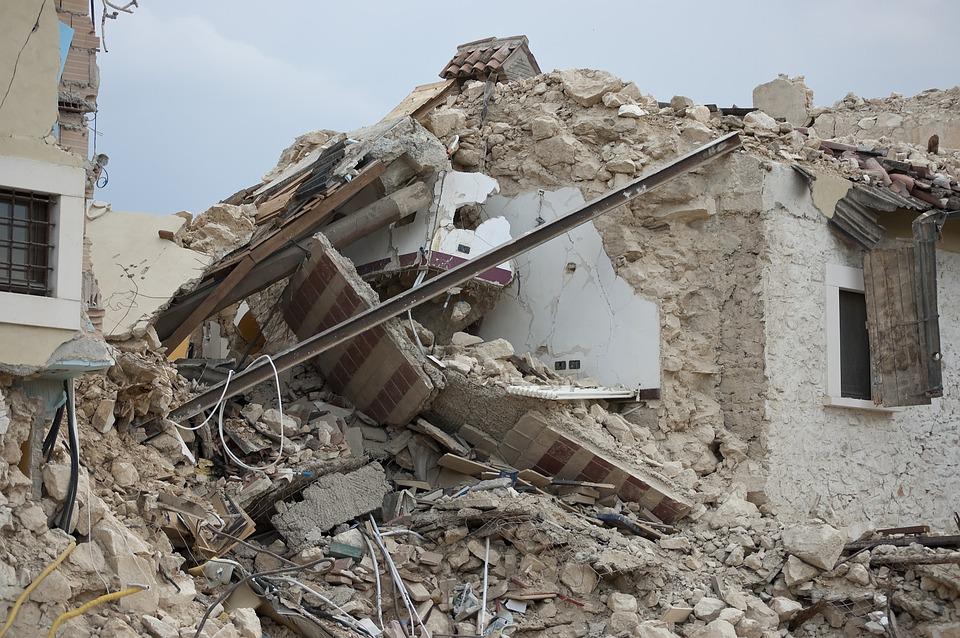 Whether it’s a hurricane, flood, fire, earthquake, or pandemic, disasters can wreak havoc on businesses. In fact, about 200,000 businesses permanently closed during the first year of the COVID-19 pandemic, with an additional 600,000 establishments closing down each subsequent year, according to a study in the Wall Street Journal.
Whether it’s a hurricane, flood, fire, earthquake, or pandemic, disasters can wreak havoc on businesses. In fact, about 200,000 businesses permanently closed during the first year of the COVID-19 pandemic, with an additional 600,000 establishments closing down each subsequent year, according to a study in the Wall Street Journal.
While most business leaders agree that disaster preparation is important, Security Magazine reports that only 54% of businesses currently have some form of disaster recovery plan in place. Having a plan in place can protect your business and ensure that it survives the initial impact and recovers properly within a reasonable amount of time.
Preparation
This step mainly refers to creating a business preparedness plan. First, assessing your risk will help you determine what weaknesses or vulnerabilities your business has. Keep an eye out for physical weaknesses, such as poor infrastructure or electrical issues. There were 2,220 non-fatal electrical-related injuries that caused workers to take sick days in 2020, claims ESFi.org, so making sure the company’s electrical system is safe will go a long way in protecting workers and preventing emergencies. Other vulnerabilities a business may have include cybersecurity risks and fraud. Once these weaknesses are identified, business owners can go on to create a plan to mitigate or eliminate the weaknesses found.
Response
Together with the preparedness plan, you’ll also need a disaster response plan. Even if the business has eliminated every visible weakness, disasters have a way of causing issues regardless, so you’ll need to train the workforce on how to respond to different types of emergencies. Your risk assessment will serve as the base for identifying potential emergency situations. After these have been identified, you can move on to training your workforce to respond quickly to these situations. Fire drills, lockdown drills, and medical training such as CPR are all included in this type of training. Most recently, learning to shift quickly to a work-from-home scenario has been one of the most effective responses to the COVID-19 pandemic. In fact, 71% of respondents to a survey by Pew Research claimed that they were working from home in 2020.
Recovery
What should be done after a disaster? Property inspection and emergency repairs are the first steps. If your business is left with a broken roof, electrical issues, or other problems that cause the building to be considered “non-functional”, the Federal Emergency Management Agency, or FEMA, is a good place to start. Most people normally associate FEMA with homeowners, but people with affected businesses are also encouraged to seek out FEMA’s help. AskMoney explains that FEMA disaster assistance does not have to be paid back, although recipients must keep all receipts related to repairs and other costs caused by the disaster for three years, in case of an audit. In cases when a person is not eligible for FEMA directly, they will be told to reach out to the Small Business Association (SBA). It’s important to note that if FEMA directs someone to the SBA, the person must apply for the SBA loan. They can later decide to accept or reject the loan, however.
With the right preparation and recovery tactics, a business has a much higher chance of enduring nearly any type of disaster with fewer expenses and losses in the end. The key is being prepared before disaster strikes, and responding efficiently. Familiarize yourself with the weaknesses your workplace may have, strive to eliminate them, have a response plan in place for everyone, and be prepared for the recovery process.
